When you are trying to lose weight, non-starchy vegetables such as cauliflower are one of the few foods that can be eaten in unlimited quantities,” says Dr. Rolls. It’s good for you, too.
Fiber is an important nutrient that’s often overlooked. Eating more foods rich in fiber — especially viscous fiber — can be an effective strategy to lose weight.
Here is a list of the best high-fiber foods that help in losing weight.
A single ingredient: fiber, support your digestive system, and make achieving your weight loss goals a lot easier.
Table of Contents
Best Fibre- Riched Foods
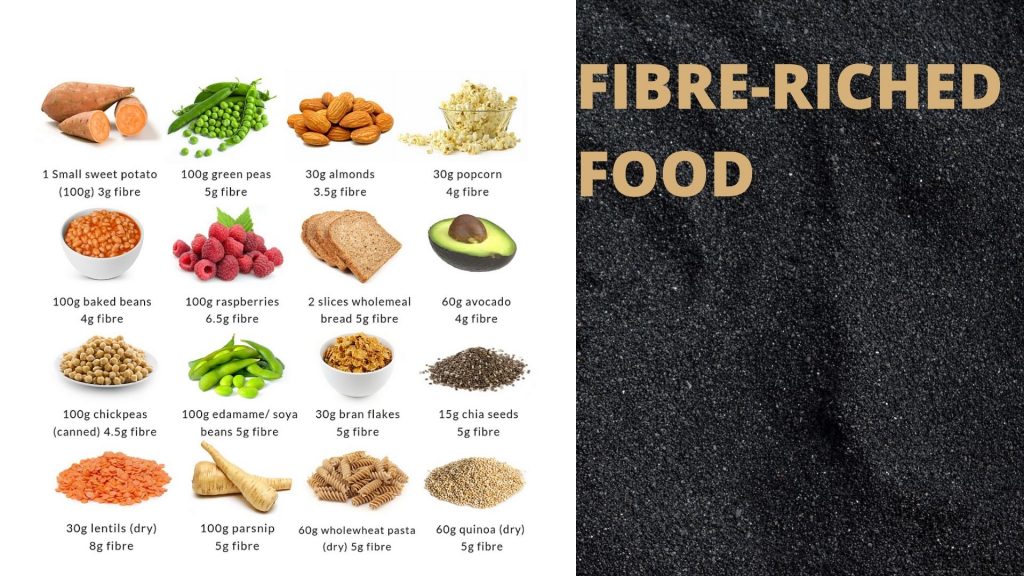
The following foods are considered to be an “Excellent Source” of fiber :
Best high fiber foods
Berries
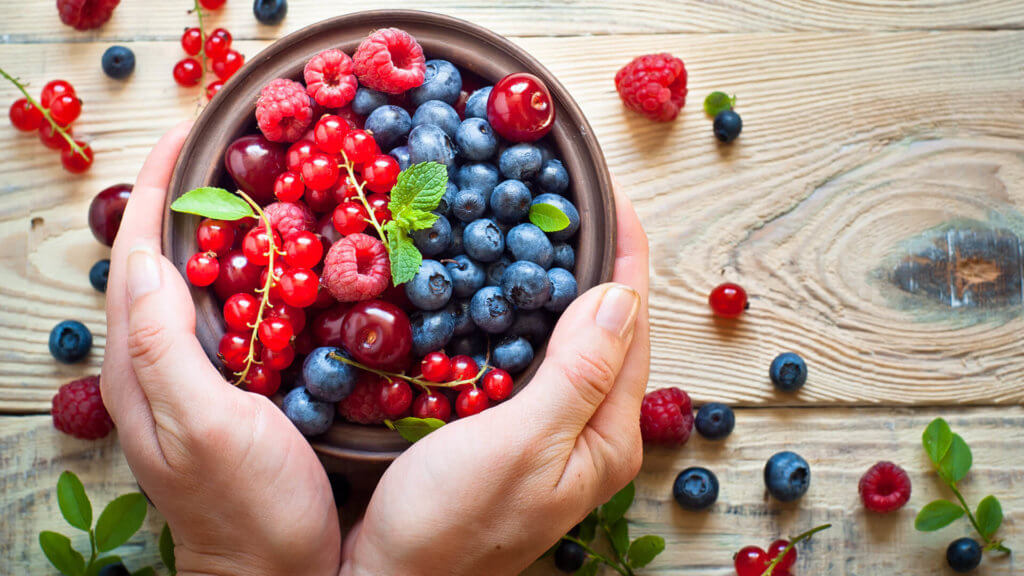
Berries get a lot of attention for their antioxidants, but they’re full of fiber, too. Just a cup of fresh blueberries can give you almost 4 grams of fiber, and there is nearly the same amount of fiber in a cup of frozen unsweetened blueberries. Blackberries, strawberries, and raspberries are also great sources of fiber.
Of course, one of the biggest benefits of berries is that they’re naturally low in calories, too.
Broccoli
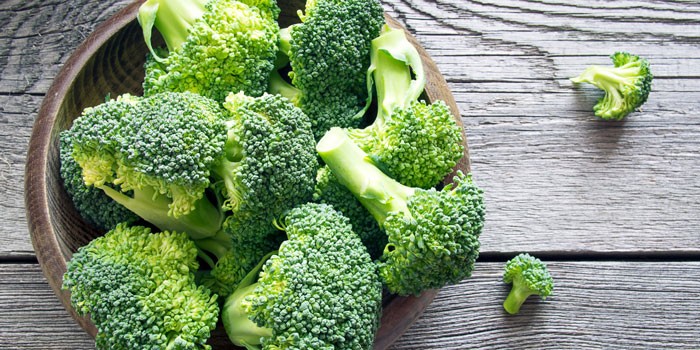
This veggie can get pigeonholed as a fiber vegetable. Its cruciferous nature—meaning it’s from the Brassica genus of plants along with cauliflower, cabbage, and kale—makes it rich in many nutrients in addition to fiber. Studies have shown that broccoli’s 5 grams of fiber per cup can positively support the bacteria in the gut, which may help your gut stay healthy and balanced.
Beans
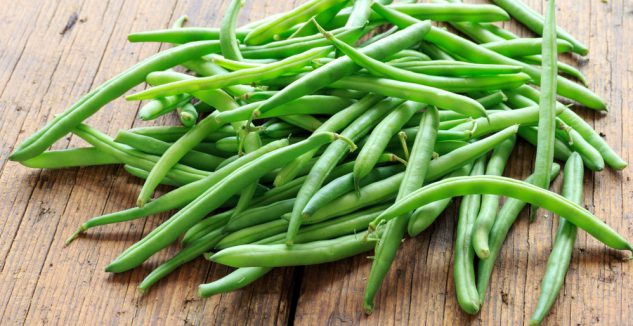
Lentils and other beans are an easy way to sneak fiber into your diet in soups, stews, and salads. Some beans, like edamame (which is a steamed soybean), are even a great fiber-filled snack. There are 9 grams of fiber in a half-cup serving of shelled edamame. A bonus? All of these provide a great source of protein, too. Some bakers have even started including beans or bean flours in their baked goods, which research proves can still make quality cakes.
Nuts
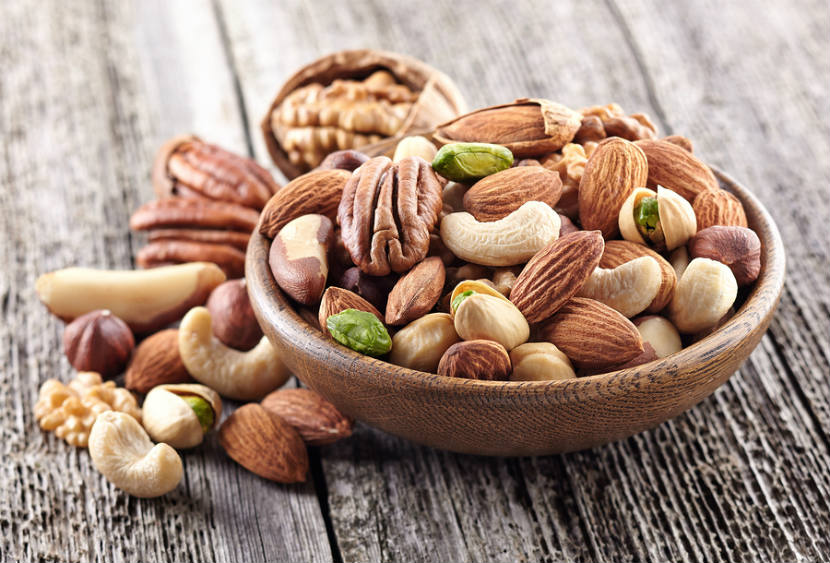
Nuts aren’t just a great source of protein and healthy fats—sunflower seeds and almonds each have more than 3 grams of fiber in a serving. They can help you reach the 25-gram intake of fiber recommended by the FDA for women and the 38-gram recommendation for men. Raw or dry-roasted nuts are preferred over the pre-packaged variety (which are usually cooked in oils that can add extra, unnecessary calories.) Even nut butter can pack a punch of fiber.
Dried Fruits
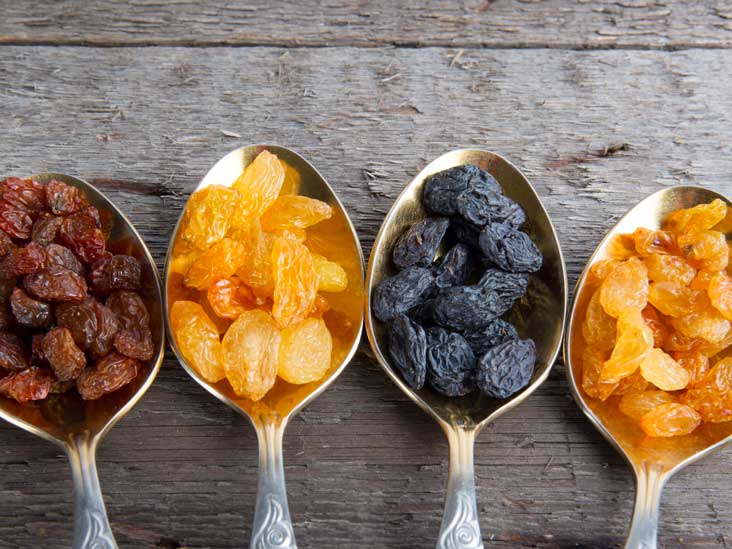
Dried fruits like figs, prunes, and dates can boost your fiber intake dramatically and are recommended for those struggling with constipation. The sugar called sorbitol, which naturally occurs in these fruits, can help your bowels and lead to more comfort. However, eating too many can lead to cramping or diarrhea, so try a small serving and see how you feel once you’ve digested them, before noshing on too many more.
Apples
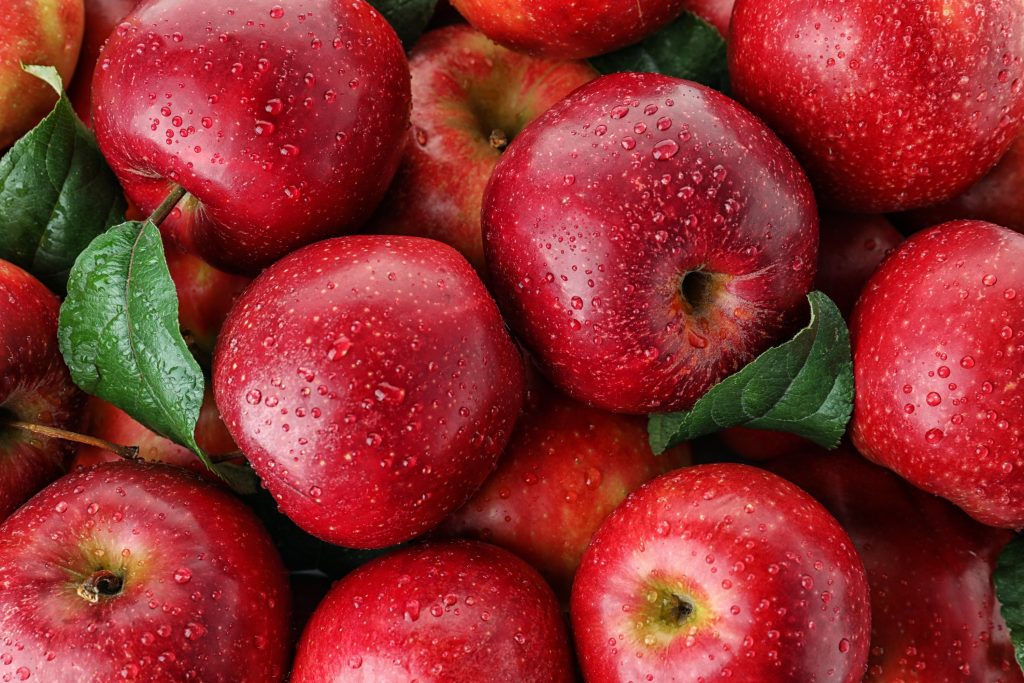
That old saying that “an apple a day keeps the doctor away” isn’t necessarily true, according to research, but the fruit can boost your fiber intake. There are about 4 grams of fiber in an apple, depending on its size, but this serving amount can help protect arteries and lower cholesterol. And, of course, they’re a nice and crunchy snack.
Whole Grains
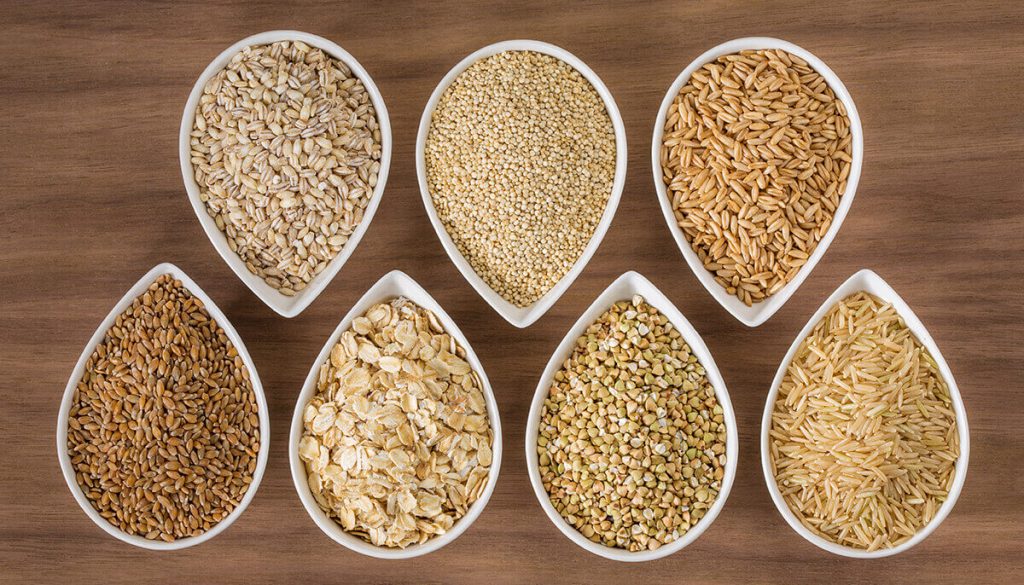
Good news for bread lovers: Real whole grains, found in 100% whole wheat bread, whole-wheat pasta, brown rice, and oats, have fiber. One tip to watch out for: as required by The Food and Drug Administration, whole grains should be the first ingredient on a food package in order for it to be considered a real whole grain.
Popcorn
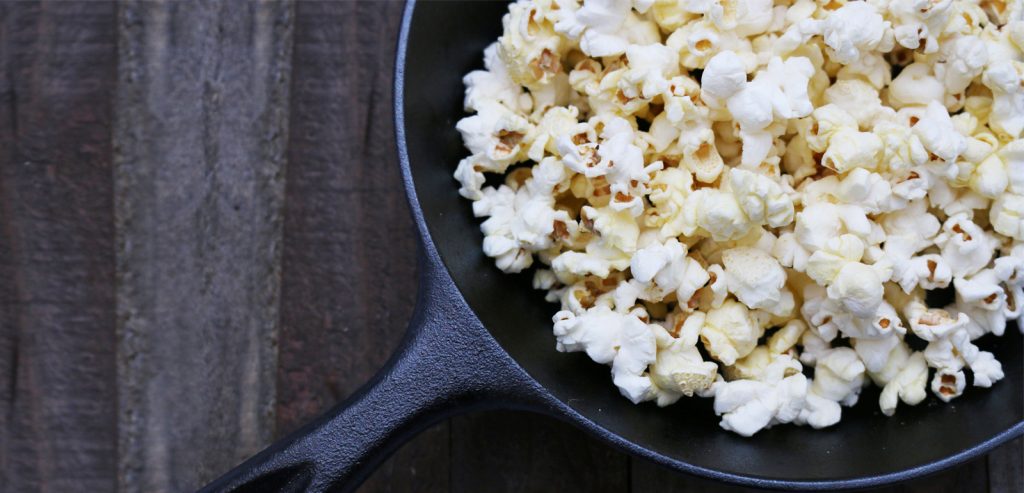
There’s one gram of fiber in one cup of popcorn, and the snack (when natural and not covered in butter, like at the movies) is a whole grain that can satiate cravings with a hit of fiber. It’s even been called the King of Snack Foods.
Avocados
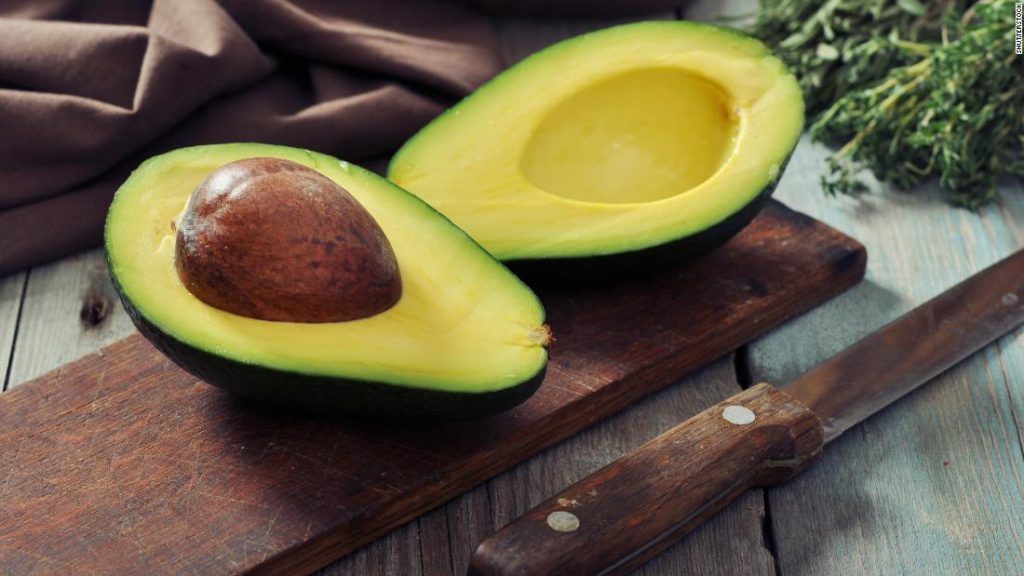
Avocados pretty much go with everything—toast, salads, entrees, eggs—and while they’re often recognized for their hefty dose of healthy fats, there are 10 grams of fiber in one cup of avocado (so just imagine how much is in your guacamole).
Cauliflower
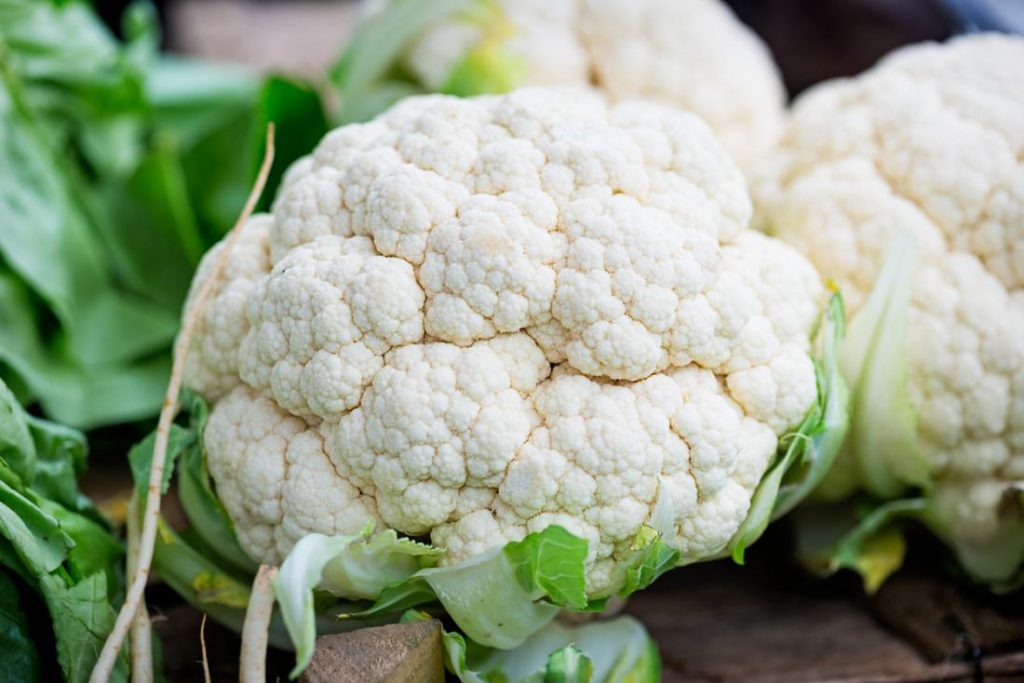
Cauliflower contains the cancer-fighting phytonutrient sulforaphane, as well as a good amount of folate and vitamin C, which may be helpful for weight loss. In fact, a review from Purdue University pointed to vitamin C status as a key factor in how much fat is burned during physical activity. All that and it’s pretty tasty, too. (If you’re not a cauliflower fan, try spinach or broccoli.)

